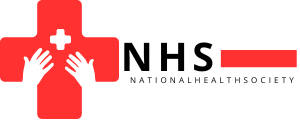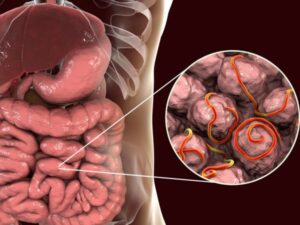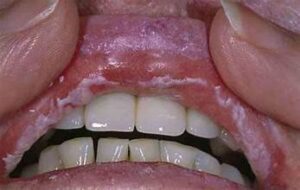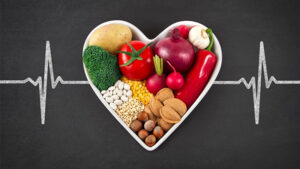What is CPR?
What is CPR?
Cardiopulmonary Resuscitation (CPR) is an emergency procedure used when someone’s breathing or heartbeat has stopped. It involves:
-
Chest compressions to keep blood flowing
-
Rescue breaths (if trained) to provide oxygen
CPR is crucial in cardiac arrest situations to help maintain circulation until advanced medical care arrives.
What is BLS?
Basic Life Support (BLS) is a higher level of emergency medical care that includes CPR and additional lifesaving techniques, primarily used by healthcare providers and first responders. It includes:
-
CPR for adults, children, and infants
-
Use of an Automated External Defibrillator (AED)
-
Assisting choking victims
-
Rescue breathing and advanced airway management
What is NHS?
National Health Society (NHS) is an organization founded by Jeremy Tubbs to educate people on health in all aspects, including CPR, BLS, and other life-saving skills.
What is an AED?
An Automated External Defibrillator (AED) is a portable device that:
-
Analyzes a person’s heart rhythm
-
Delivers an electric shock if needed to restart a normal heartbeat
-
Is designed for public use with easy instructions
AEDs are often found in public places like schools, airports, and malls, and they significantly increase survival chances in cardiac emergencies.
What’s the Difference Between CPR, BLS, and AED?
| Term | Definition | Who Uses It? |
|---|---|---|
| CPR | A technique using chest compressions & rescue breaths to keep blood flowing. | General public, trained individuals. |
| BLS | A higher level of CPR that includes AED use, advanced airway techniques, and rescue breathing. | Healthcare providers, EMTs, first responders. |
| AED | A device that analyzes heart rhythm and delivers shocks if needed. | Public, first responders, healthcare workers. |
The Chain of Survival – Stages of Survival
The American Heart Association (AHA) defines six key stages of survival in a cardiac arrest situation:
1️⃣ Early Recognition & Call for Help – Identify the emergency and call 911.
2️⃣ Early CPR – Start chest compressions immediately to maintain circulation.
3️⃣ Rapid Defibrillation (AED Use) – If available, use an AED to restore heart rhythm.
4️⃣ Advanced Life Support (ALS) – Paramedics provide advanced medical care.
5️⃣ Post-Cardiac Arrest Care – Hospital treatment for recovery.
6️⃣ Recovery – Long-term care, rehabilitation, and follow-up treatment.








